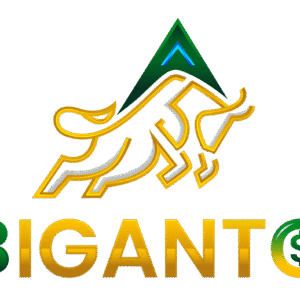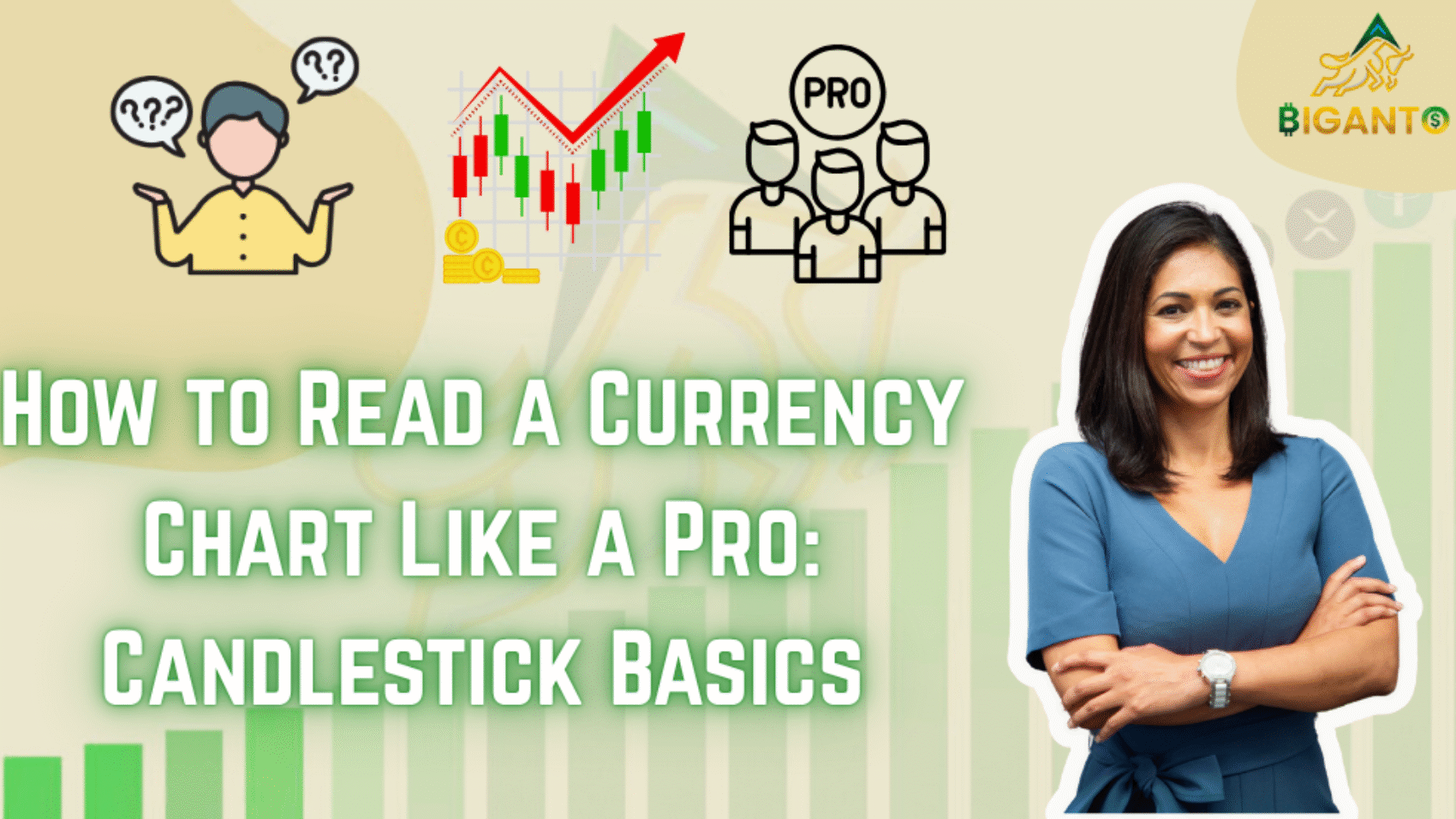If you want to trade in equity or forex, candlestick charts might seem like a puzzle. They reveal powerful clues about market sentiment, price trends, and potential reversals. A candlestick chart is a style of financial price chart organized as candlesticks representing price movements over a particular time. Candlestick charts are used by traders to represent the price evolution of an asset. Candlesticks act as a crucial price action tool that helps lay down detailed price information, including the open, close, high, and low for a particular time frame.
Components of a Candlestick
Each candlestick represents a specific period and is made of three components:
1. The Body—The body represents the open and close price of an asset.
The open and close price points depend on whether the candlestick is bullish/bearish.
In a bearish market, the upper end of the body is the opening price, and the lower end is the closing price.
In a bullish market, the upper end of the body is the closing price, and the lower end of the body is the opening price.
2. Shadow/wick—Generally a candle has two shadows or wicks, namely upper shadow/wick and lower shadow/wick.
The shadow represents the high and low of a price for a time period.
So the upper wick represents the highest price, and the lower wick represents the lowest price.
3. Color—The color of the candle indicates the direction of the price. Red/black indicates a price decline, and green/white indicates a rise in price.
On most platforms, you will find red and green candles.
A candle has four points of data:
1. Open—The first trade during the period specified by the candle
2. High—It is the highest traded price.
3. Low—It is the lowest traded price.
4. Close—The last trade during the period specified by the candle
If the close is higher than the open, the candle is bullish (usually green or white).
If the close is lower than the open, the candle is bearish (usually red or black).
What do crypto candlestick charts tell us?
Candlestick charts are powerful because they show:
- Who is in control—buyers (bulls) or sellers (bears)?
- Market psychology—fear, greed, indecision
- Potential reversals or continuations in price
Key Crypto Candlestick Patterns
There are different types of candlestick chart patterns, composed of one or several candlesticks.
Bullish candlestick-
A bullish candlestick is a full-body green or white candle with a wide range that can have short shadows. When a bullish candlestick appears, it means a sharp increase in the number of asset purchases, suggesting one could enter a long.
As a rule, such candlesticks appear in price candlestick patterns like a bullish flag or pennant.
Bearish Candlestick
A bearish candlestick is a full-body red or black candle directed down; it can have short wicks.
Such a candlestick means the number of sell trades has increased, and one could enter a short trade.
Most often, such candles appear within bearish flag or pennant price patterns.
Morning Star
A morning star consists of 3 candles.
1. Bearish red candle
2. A small body candle with strong shadows
(The color of this candle does matter.)
3. A bullish candle, which should have a length of at least 50% of the first candle.
This pattern can be seen at the end of the downward trend. It signals that the market is going to show an upward trend.
Bullish Harami
Harami is a Japanese word that means “pregnant.”
When a large bearish candle appears on day 1 and is followed by a smaller bullish candle the next day, a bullish harami pattern is formed.
The bullish harami demands that prices gap higher on day 2 so that the price is held up by buyers and is impossible to fall to the bearish closing of day 1.
The bullish harami pattern indicates that selling pressure is easing and that a positive reversal is possible.
The smaller second candlestick suggests an indecision or consolidation period, signalling that buyers are stepping in and potentially gaining control.
Bearish Harami
Bearish Harami prices continue to hit higher highs as the strong upswing continues.
As the market rises, a long-bodied bullish candle forms on the first day of this candlestick pattern, as predicted by the bulls.
The prices open a gap down on the second day, indicating that the bears are back at work and using selling pressure.
The bears try to push prices lower and to close below the opening price.
However, the closing price should be higher than the beginning price of the previous day’s candle.
The smaller bearish red candlestick within the range of the larger bullish candlestick indicates a potential shift in market sentiment from bullish to bearish.
Bullish Engulfing
This pattern has 2 candles.
1. Is a bearish red candle
2. Is a bullish green candle that engulfs the bearish red candle
This pattern can be seen at the end of the downtrend.
It signals an uptrend in the market.
It also appears in an uptrend sometimes.
We have to take a long position above the high of the bullish candle and put a stop loss below the low of the bullish candle.
Bearish Engulfing Pattern
A bearish engulfing pattern consists of
1. Is a bullish green candle
2. Is a bearish RED candle that engulfs the bullish green candle.
This pattern can be seen at the end of an uptrend.
It signals a downtrend in the market.
It also appears in downtrends sometimes.
We have to take a short/sell position at the close price of the bearish candle and
Set stop loss above the high of the bearish candle.
Final Thoughts
Crypto candlestick charts are a practical element in the crypto market. You can consider the crypto candlestick charts trading system as an individual crypto trading strategy. Since patterns can produce false signals, confirming them with support, resistance, and other technical tools is essential. Combine this skill with proper risk management and a clear trading strategy, and you’ll be better equipped to make informed decisions, spot high-probability setups, and avoid emotional trades.

